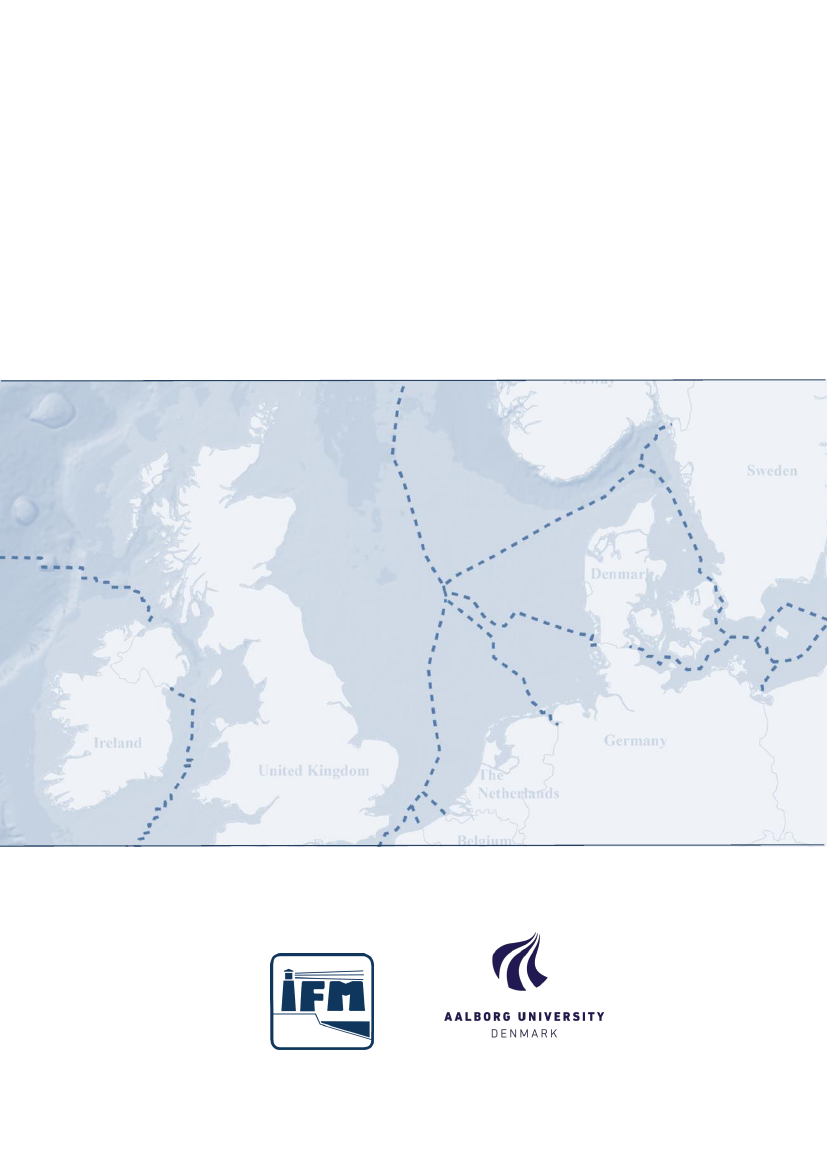
SOCIO-ECONOMIC CONSEQUENCES OF BREXIT FOR
FOUR LARGER FISHING PORTS AND THEIR
COMMUNITIES
An assessment of potential consequences of Brexit for the ports and communities
of Skagen, Hirtshals, Hanstholm and Thyborøn.
A report by Eliasen, Søren Qvist; Kirkfeldt, Trine Skovgaard; Aaen, Sara and Jacobsen, Rikke Becker
IFM, Aalborg University
January 2018
1